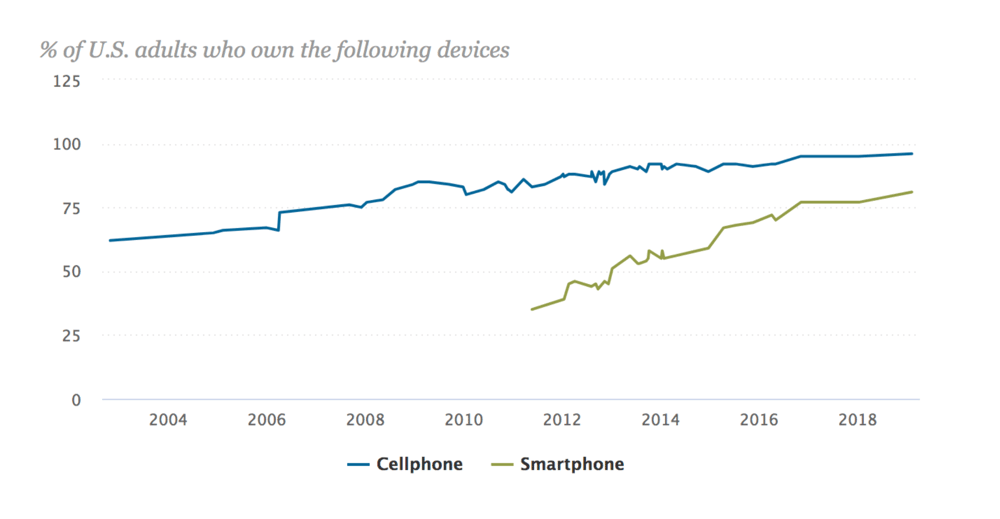
Figure 1: American smartphone ownership, 2004 – 2019 (Source)
A few years ago, the biggest conversations around 3D visualization technology focused on the movies – did people like 3D movies? Would 3D catch on?
Today, it’s much more common to hear 3D discussed in the context of ecommerce. Why? Because, while moviegoers were never more than lukewarm for 3D cinema experiences, online shoppers love being able to experience products via interactive 3D.
In fact, early success from retailers who are adding 3D technology (including interactive 3D, 360-degree rotations, and augmented reality) to their websites suggests that ecommerce may be the most natural fit for this technology.
And most successes can still be considered “early.” That’s because the ability for customers to engage with 3D configurations is largely dependent on smartphone ownership, and the majority of Americans didn’t own smartphones until about 2013 (see Figure 1).

Figure 1: American smartphone ownership, 2004 – 2019 (Source)
We’ve entered what’s known as “the visual economy.” While we use our devices to make phone calls about the same amount as we did in 2013, our use of data has increased by nearly 15x – and most of that increased use, according to Ericsson’s 2019 mobility report, comes from streaming video.
Figure 2: Use of cellular voice vs. use of cellular data, 2013 – 2019 (Source)
If you want to get your customers’ attention and turn that attention into purchases, you’ve got to offer compelling visual content on your website.
Interactive 3D technology is about as compelling as visual content gets. It offers customers three major benefits over standard 2D images:
Retailers of big-ticket items like furniture and jewelry have never seen as much success in ecommerce as have retailers of less-expensive goods, largely because customers aren’t willing to spend a lot of money unless they’re 100 percent sure they’ll like what they get. 3D images, on their own and used in augmented reality applications, have the power to give shoppers certainty and therefore eliminate the anxiety that might have kept them from hitting “buy.”
Recent Gartner research suggests that B2B buyers are facing a crisis of confidence in their ability to make good online buying decisions, in part because of the glut of written, consultative content they have at their disposal. Interactive 3D cuts through the noise, showing buyers exactly what they’ll get and boosting their confidence that an online offering matches their specs.
Brands that maintain both an online and offline presence often struggle to create a unified and cohesive customer experience across channels. 3D product images can make that process easier by enabling an online shopping experience that includes more of the tactile elements of in-store shopping.
All of these, of course, translate to higher conversion rates and lower return rates for retailers. Ready to find out how 3D product images can transform the performance of your ecommerce operation? Of course you are. Let’s get into it.
We’ve already thrown out a few 3D-related terms. Before we get any further, let’s define what each type of 3D visualization technology is, what it can do, and what kind of results retailers have seen.
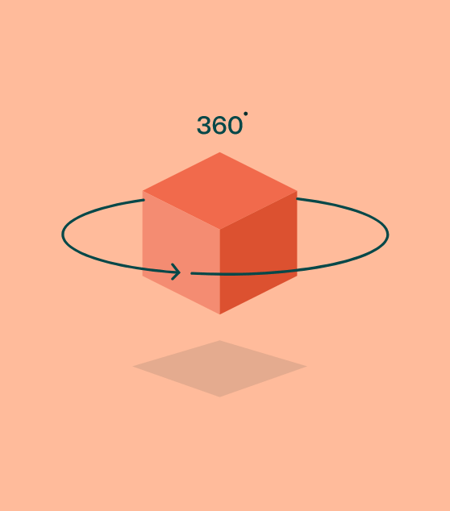
Dozens of still 2D images “stitched” together so a user can “spin” or “rotate” the product image 360 degrees. Can be created in multiple planes for full product visibility.
Non-configurable products
Must be pre-rendered, so not ideal for customizable products
Use your mouse to spin the watch below.
3D computer file generated in real time, often based on user inputs (color, feature selection, etc.). Users can zoom and rotate in any plane. Also known as a product configurator.
Configurable and customizable products; high-cost products
Resolution of 3D rendering is of lower quality than pre-rendered 360º rotation
Personalize your own motorcycle helmet below.
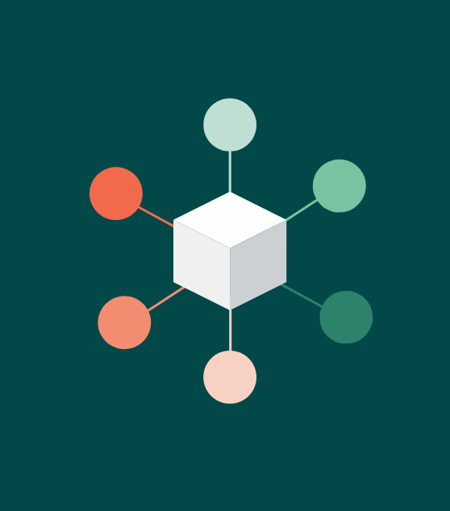
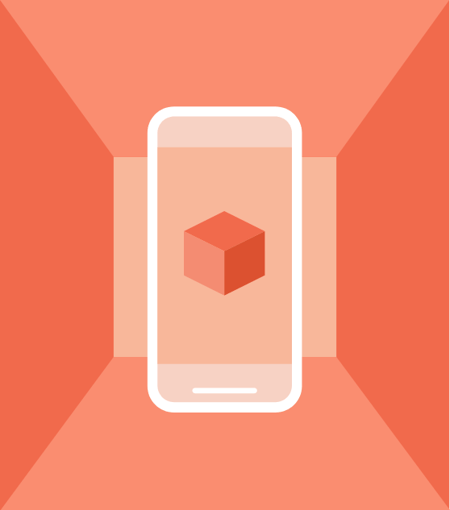
Projection of a 3D image on a view captured by a customer’s smartphone camera (e.g., a customer’s living room or a customer’s face). The effect is that customers can see the product in its real-life context.
Large products that are difficult to return (furniture), high-cost products, personal care products that customers would usually try on (makeup, clothing)
Some AR may require customers to download a dedicated app
300% conversion rate increase;
11x increase in likelihood to buy
Immersive 3D experiences customers access via dedicated headsets. When engaging in VR, customers cannot see their physical surroundings; they can only see the virtual world.
Factory tours (e.g., for sustainable or allergy-friendly brands), any experience customers can enjoy at home
VR experiences can be disorienting, and so aren’t ideal for public places. VR requires specific hardware, so aren’t a fit for customers who lack it.
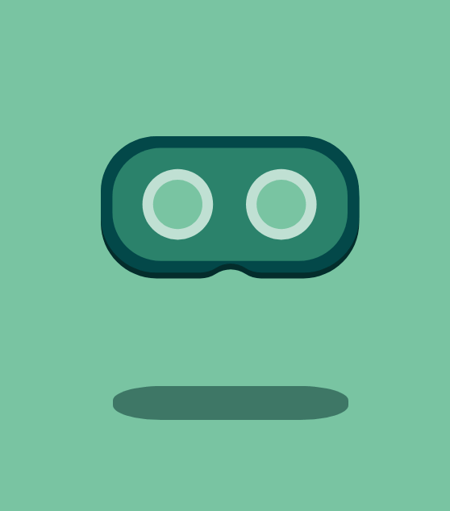
*These numbers represent conversion rate improvements real companies have seen implementing these technologies. Note that not every 3D tech is suitable for every brand.
First, there are many ways to create 3D images and may types of 3D content available. Each creates a different customer experience and works best in slightly different circumstances. Choosing the best type of 3D content requires understanding your product, your customers, their shopping habits, and the ways various types of 3D content work.
Second, not every 3D configuration works in every scenario. While interactive 3D may seem “cooler” than a 360-degree rotating image, keep in mind that the 360-degree image enables higher-resolution visuals. When it comes time to make a purchase, product details may matter more than how much fun a shopper has configuring options.
One final takeaway as you consider how various types of 3D configuration can improve the experience of shopping on your website: interactive 3D visuals don’t have to replace your existing product visuals. And they don’t have to work alone.
Consider this potential application:
A luxury watch retailer sells highly customizable timepieces, which customers can configure using interactive 3D. A customer spends half an hour choosing their metal color, number style, band, face color, and more – but they’re about to navigate away from the site without making a purchase.
The retailer can offer to email an image of their customized watch (and a link to it, of course) so the customer won’t lose track. The customer agrees, gladly giving the retailer their email address. The retailer can then use virtual photography to render a high-quality 2D image of the configured watch, which the customer can view at their leisure by checking their email.
In this instance (and thousands of possible variations), 3D configurations act as a magnet to draw in customers who might not have otherwise chosen to engage with a brand. Once the customer is engaged, the retailer can nurture the relationship.
Americans love shopping online. Of the country’s 119 million households, 105 million have Amazon Prime memberships. But even as we’ve embraced eCommerce in some areas, we’re still not sold on it in others.
Take furniture. Only 11 percent of Americans prefer to buy furniture online. That’s a pretty dismal number for those in the furniture ecommerce space. And people are similarly reluctant to purchase other physically large or big-ticket items, like mattresses and fine jewelry.
One reason for this reluctance is the difficulty of returning large items. If a sofa shows up and doesn’t work with a customer’s living room, they’ll want to return it. And if the cost of returning it is several hundred dollars (which it easily could be for a sofa), they won’t be happy: they’re now out a couple hundred dollars, and they still don’t have a sofa.
This fear of dissatisfaction and future costs is likely behind customers’ preference for in-person furniture shopping.
In fact, more than half of online shoppers (54 percent) noted that free returns or exchanges would increase their likelihood of shopping online – but that’s a difficult ask for retailers when they’re selling goods that might cost hundreds of dollars to ship.
This is where 3D configuration comes into play. Here’s how a furniture retailer could ease customer anxiety by strategically deploying 3D product images:
With these two offerings, you’ve eliminated the largest sources of concern for online shoppers. This is why 3D configuration technologies have such profound effects on retailers’ conversion and return rates.
So far, we’ve discussed mostly the ways 3D can make a difference for B2C businesses, but it also holds great promise for B2B brands.
A recent study from Gartner found that B2B buyers struggle to maintain confidence in their ability to make buying decisions, in part because of the abundance of information now available to guide them. While much of this information is high-quality, the report notes, it’s also often contradictory.This isn’t helpful given that B2B buyers are under pressure to move quickly and get things right. If they don’t, the cost to the business could be significant.
Again, 3D configurations can help.
A lot of content in the B2B space today falls under the category of “thought leadership,” meaning it offers insights and ideas but not necessarily the kind of facts that would help a B2B buyer make a purchasing decision.
Brands that offer 3D product images to B2B buyers can therefore stand out from the noise and offer a clear, straightforward message.
Consider the employee tasked with buying a fleet of forklifts. These are complex, high priced items with a variety of different configurations. In this scenario, it would helpful to be able to build the appropriate machines along with the stakeholders, so nothing gets lost in translation. It’s an exercise in team-building and risk mitigation.
Try customizing your own forklift below.
3D renderings make the process both faster and more accurate. This alleviates the B2B buyer’s stress and helps them more confidently place their order. And because the order is more likely to be accurate, it also decreases the likelihood of returns.
In both B2C and B2B, reducing returns is serious business: next year, returned ecommerce purchases will cost retailers an estimated $550 billion.
In some categories, including fine jewelry and luxury watches, alleviating customer anxiety isn’t enough to drive purchase behavior. To buy products in these categories online, customers have to be wildly confident that they’re getting exactly what they want.
This is evidenced in the growth of online jewelry and watch sales: lower-end “fashion jewelry” has seen the largest growth in the last five years, while higher-end items have seen more modest increases.
But 3D product images could help retailers in this and similar categories give customers the confidence they need to make a purchase. Importantly, 3D configurations can actually give customers more confidence than they’d have in a traditional brick-and-mortar setting.
A customer who wants to customize an engagement ring can choose from various settings and stone cuts and features – but in most cases, they can’t actually see what the ring will look like until the jeweler has put together a CAD model, a process that can take several weeks.
Then there’s the problem of format: the CAD model doesn’t look like the actual ring (see Figure 4), making it hard for a customer to know whether this is what they want. And if they request a change, the clock starts all over for delivering a new CAD file.
Even if the customer is ultimately pretty sure they’ll like the ring they order, this process leaves a lot of room to improve certainty.
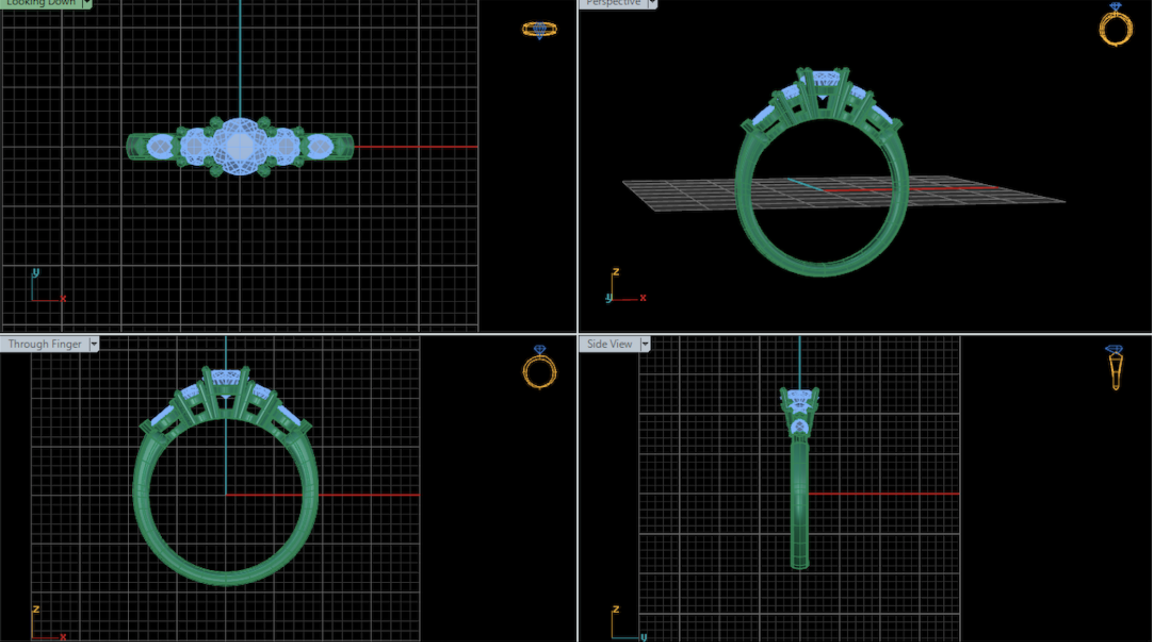
Figure 4: CAD file of an engagement ring
By including real-time interactive 3D on a website, retailers let customers design and update products and then see a lifelike rendering in real time (see Figure 5). What’s more, customers can rotate and spin these images to see them from every angle and therefore gain 100 percent certainty that the product they’re designing is the right one.
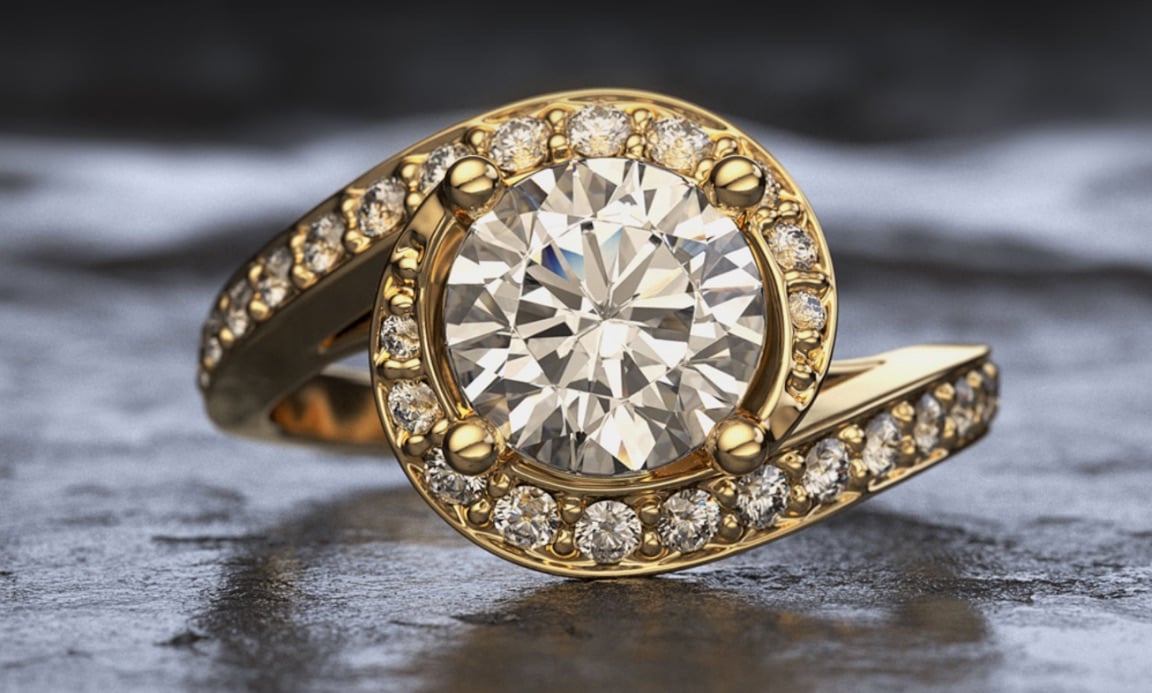
Figure 5: You can use 3D to bring a real engagement ring to life
Take football helmets, for example. In a sporting goods store, a parent shopping for their high school child might see helmets with a wide range of prices.
Is the most expensive helmet the safest? Will the least expensive get the job done?
A 3D configuration could help answer those questions with what’s called a product explosion, or a pulling-apart of product parts to illustrate how each contributes to the functionality of the whole (see Figure 6).
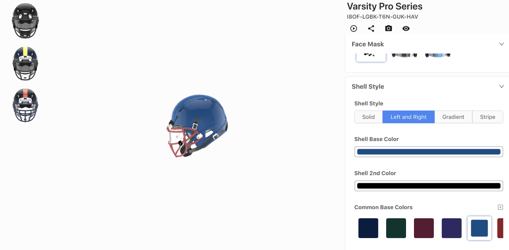
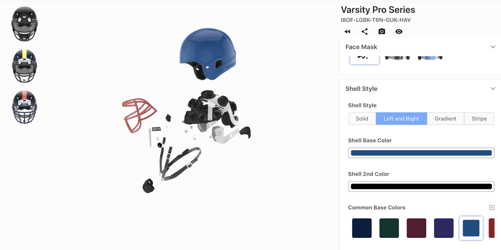
Figure 6: 3D product explosion
Yet another possible example comes with the use of virtual reality (VR) technology. Imagine a new clothing brand that differentiates itself as sustainable and made entirely from recycled materials. While this messaging might appeal to the brand’s target audience, how can they be confident that the brand’s claims are legitimate?
A VR tour of the clothing’s entire life might help. The brand could take customers through the brand’s factory so they could look at the machines that transformed the castaway materials into usable textiles. After seeing the factory firsthand, the eco-conscious customer might then have the confidence they need to make a purchase.
That’s valuable for brands that rely on ecommerce: historically, this channel’s main advantage was convenience. With interactive 3D product configurations, online shopping becomes much more engaging and rewarding.
For brands that count on both physical store locations and online channels, these engaging experiences can work together to bridge the online-offline continuum and keep customers engaged no matter where they shop.
Brands that exist both online and offline have a tough job: they have to create experiences in two wildly different formats that feel to customers like they’re part of the same umbrella brand. That’s harder than it sounds: an out-of-date website can turn off people who enjoy your cozy storefront.
Or a sleek and efficient web experience might be undercut by a physical store where it’s hard to get help from a salesperson.
Interactive 3D and other 3D product images can help create a unified experience both online and in person.
One men’s clothing retailer we work with bridges the online-offline continuum by building a custom suit creation tool and equipping in-store salespeople with tablets to use it.
Customers can design their ideal suit with help from a knowledgeable sales associate, which means they can verify their measurements, ask about fabrics and styles, and consult on which features tend to work well together.
Thanks to the tool, salespeople are able to present an “endless aisle,” meaning the product a customer wants is never out of stock. Plus, customers get to see their creation in real time. If they’re happy, they can place an order on the spot and walk away knowing they’ll get exactly the suit they want in exactly their size. By combining the power of real-time interactive 3D with the kind of service you can only get from human associates, this retailer offers its customers a one-of-a-kind experience they can’t get anywhere else.
Customers tend to spend more in physical stores than online, so retailers with both an online and physical presence can benefit from pushing the latter. To make the physical shopping experience as fun and engaging as what’s possible with 3D configuration online, retailers can get creative.
Lowe’s, for example, is running a pilot program that lets customers use smart devices to view an AR map of the store that leads them down the most efficient path to secure all the items on their list. This eliminates the unique in-store frustration of not being able to find things while also exposing shoppers to items they may not have encountered online.
One important note: any physical store that hopes to incorporate internet-based technology into its shopping experience should make sure the store’s wifi is fast and reliable. Without that essential component, salespeople will struggle to keep shoppers’ attention and their main experience will be one of frustration.
We mentioned above that 3D product images can have a profound impact on your conversion rate. But the impact 3D technology can have on your bottom line goes beyond improved conversions; in fact, having 3D configurations on your website can increase your profitability in four ways:

Ranging from 27 percent higher to 300 percent higher, depending on the type of 3D images you use and the type of products you’re selling.

Studies have found that including 3D images on a website can lead to a 50 percent reduction in product returns.

Increased upselling capability
A recent Deloitte survey found that most people are willing to pay more for personalized products and services – about 20 percent more. Brands that can show personalizations to customers in real time have a chance to earn more revenue on every transaction.

Expanded customer base
A recent Salesforce study on customer experience found that 57 percent of customers have stopped buying from a brand because one of its competitors provided a better experience. If you’re using interactive 3D to create an engaging customer experience, there’s a good chance customers will find you as they become disillusioned with your competitors’ ho-hum offerings.
Is it that your customers need to configure a complex item? Or that you want them to be able to put the item in their space virtually? Or that you need to generate a lot of product visuals efficiently? The answer to this question usually points to the appropriate 3D solution.
Is it your entire portfolio or just one or two marquee items?
This could be housed in an Excel spreadsheet, in a PIM or a JSON file. These are the raw details that help define each 3D model.
In some cases, brands have existing 3D models. This is a great place to start if you’re aiming to create an interactive 3D product visual! But in the event that you don’t (and most don’t) a CAD file or even 2D product images can be starting points for creating a 3D model.
Schedule time with one of our qualified 3D experts to get up and running on Threekit!
With 3D image technology and configuration, brands can create the ultimate visual customer experience.
By decreasing customer anxiety about buying online, increasing customer confidence that they’ll receive the exact products they want, and helping to forge an online-offline continuum, 3D technologies like interactive 3D, 360-degree rotating images, and augmented reality can lead to increased profits and decreased return rates for any brand doing business online.